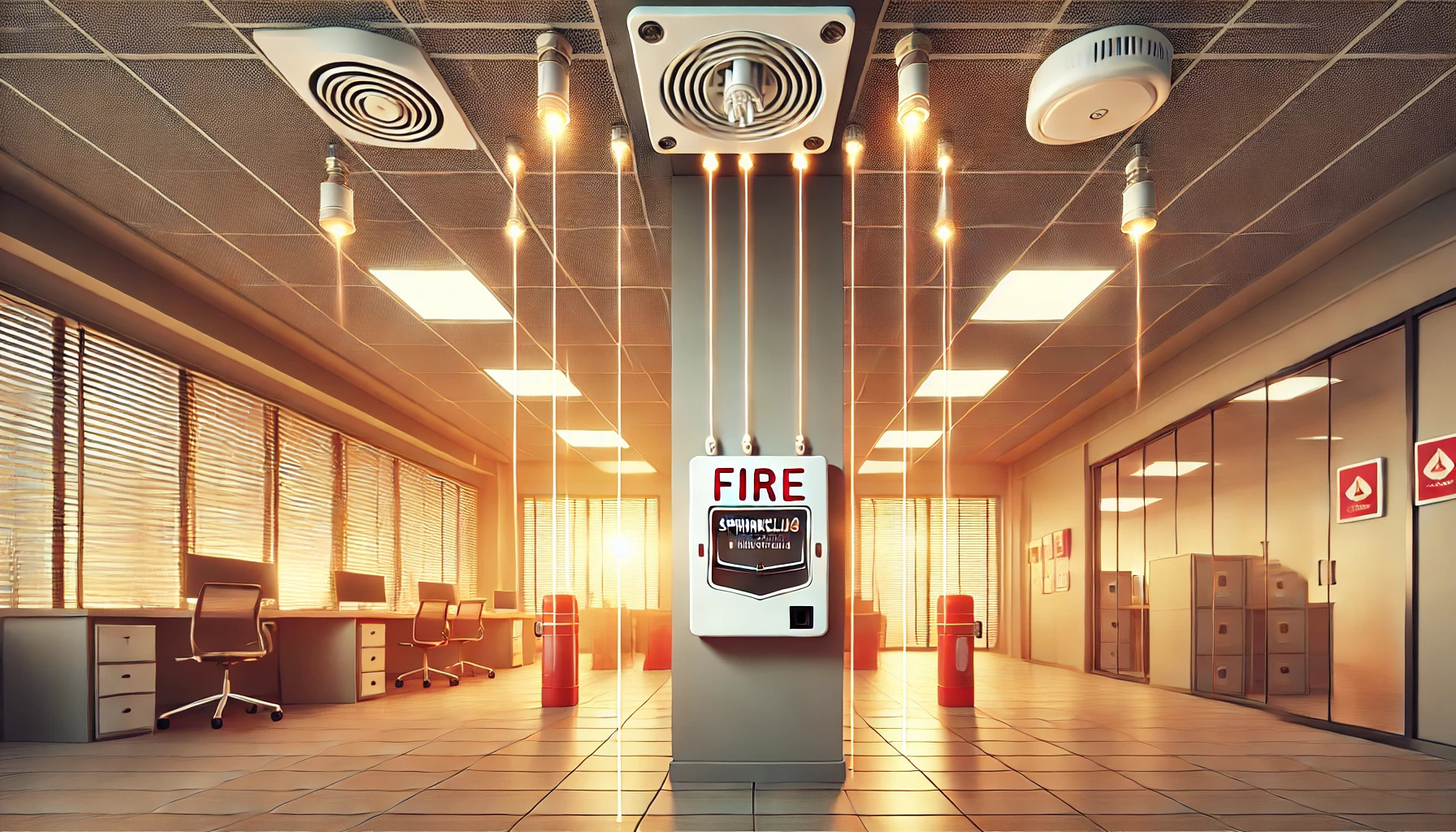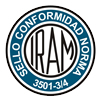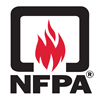Fire protection in industrial environments requires a thorough and specific approach. Each plant or factory presents unique characteristics that must be considered when designing and implementing protection systems. Below, we outline the 8 key aspects for ensuring effective protection.
1. Identify the type of industry and high-risk areas
Each industry has unique characteristics that determine specific fire risks. For example:
- In the chemical industry, risks are often related to flammable materials.
- In the textile industry, risks may arise from dust and combustible materials.
- In the food industry, risks can arise from the use of hot oils and cooking systems.
Identifying critical areas within the plant (flammable product storage, electrical rooms, production areas) is essential to prioritize protection in those sectors and allocate the necessary resources.
2. Develop engineering in compliance with national and international standards such as NFPA
The NFPA (National Fire Protection Association) is an international organization that develops fire protection standards and codes. Its guidelines, widely recognized, provide directives for designing and implementing safe and effective systems.
Adhering to NFPA standards ensures that systems meet the highest safety standards. For example, NFPA 13 regulates automatic sprinkler systems, while NFPA 20 establishes requirements for fire pumps.
3. Design and install a water reserve tank and pumping system
A water reserve tank is essential to guarantee the continuous water supply in case of fire. This system must be sized based on:
- The capacity needed to supply extinguishing systems.
- The estimated response time of emergency services.
The pumping system should include main pumps, backup pumps, and an automatic startup system, all according to calculations established by standards such as NFPA.
4. Install water-based suppression systems
Water-based suppression is one of the most effective methods for fighting fires. Systems include:
- Hydrants: Provide a connection point for fire hoses.
- Monitors: Fixed or portable devices that allow directing water jets to specific areas.
- Automatic Sprinklers: Automatically and immediately act upon detecting a fire, minimizing damage and protecting the premises.
- High-pressure mist systems: These systems minimize the amount of water used by forming a homogeneous, dense suspension of water that helps cool and reduce oxygen in the area to be extinguished.
5. Install foam systems in flammable liquid storage areas
Foam systems are ideal for fires involving flammable liquids. They work by forming a layer that smothers the fire and prevents the release of flammable vapors. This type of protection is critical in fuel storage areas, petrochemical plants, and similar environments.
6. Install open sprinkler systems (fractionated water) in transformers
Electrical transformers pose a significant risk due to the high energy they handle. Open sprinklers, which generate a mist of water, are ideal for cooling and controlling fires in these units, protecting both infrastructure and the surrounding environment.
7. Install clean agent protection systems
In critical areas such as electrical rooms, control rooms, and data centers, clean agent systems are the ideal solution. These systems use extinguishing agents (such as FM-200 or Novec 1230) that do not damage sensitive equipment and extinguish the fire by displacing oxygen or inhibiting the chemical reaction of the fire.
8. Install detection, alarm, and suppression triggering systems
Early detection is key to minimizing the damage caused by a fire. A complete system should include:
- Control Panel: The central detection system that contains the electronics, display, batteries, source, loop plates, network plates, audio evacuation, etc., where all peripherals are connected.
- Point Detectors: Sensors that detect heat, smoke, or flames at specific points.
- Barriers and Linear Detectors: Cover large areas to detect environmental changes.
- Aspirating Systems: Detect smoke particles in early stages.
- Audible Alerts and Sirens: Immediately alert personnel to begin evacuation.
- Automatic Triggering Systems: Activate suppression mechanisms to quickly and effectively contain the fire.
Fire protection in an industrial plant requires an integrated strategy that considers each of these aspects. Implementing these systems not only protects people and assets but also ensures operational continuity, securing the company’s sustainability and long-term success.









